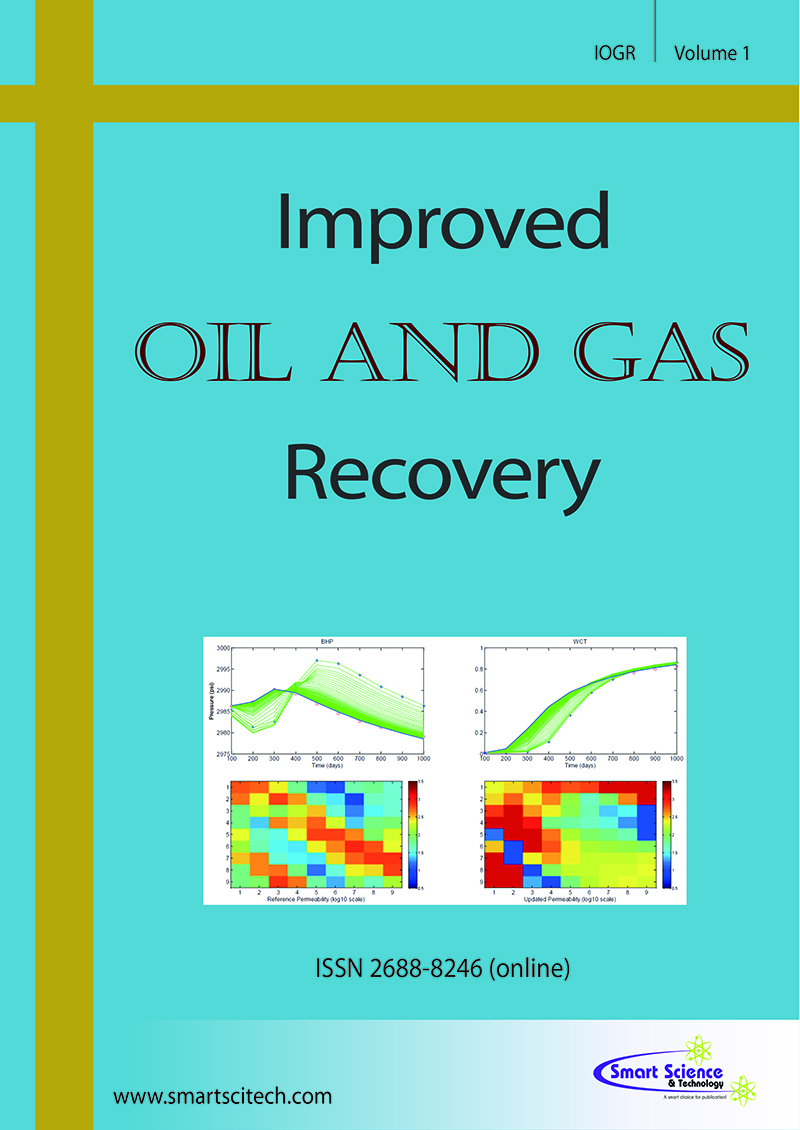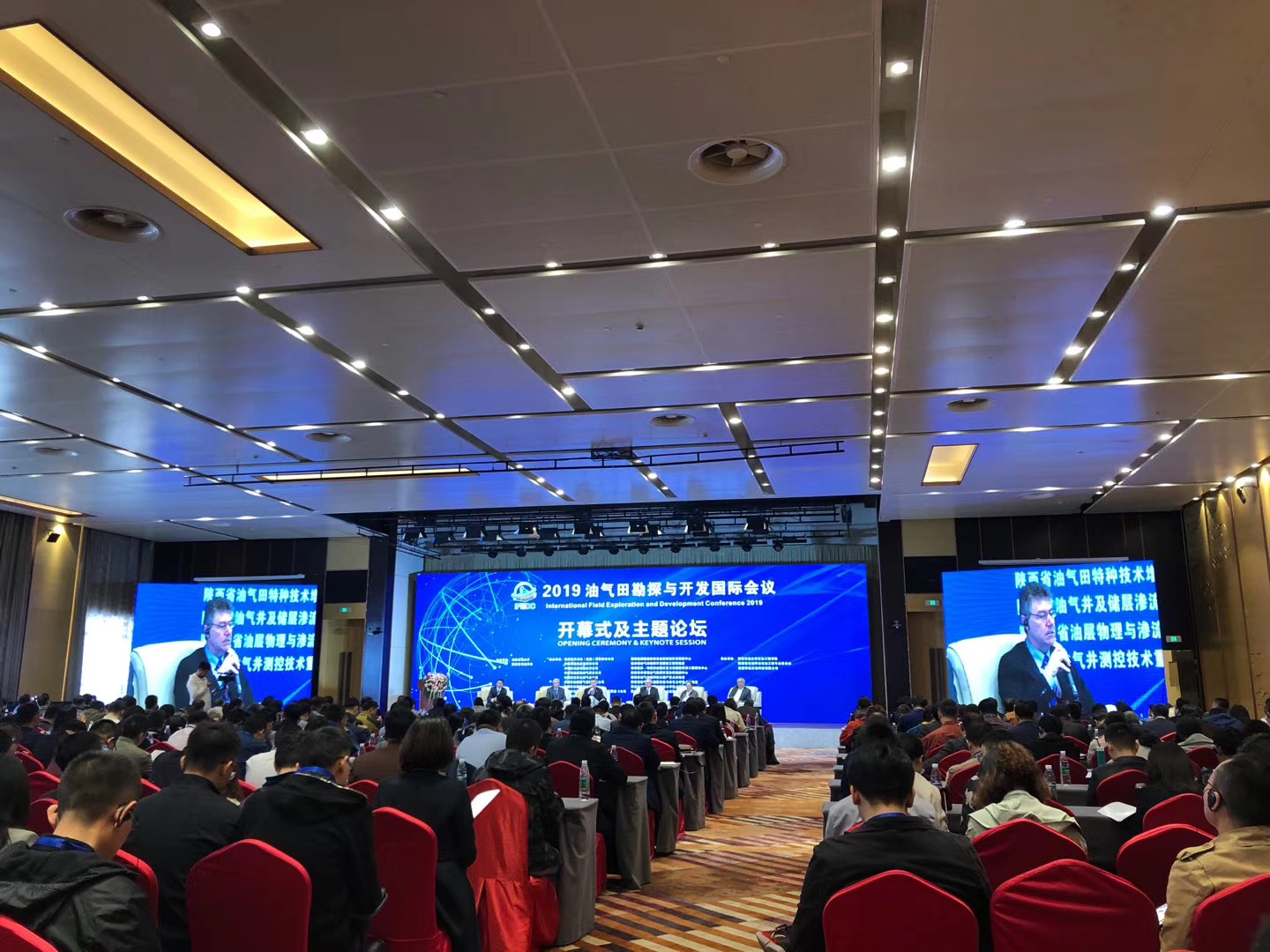Parametric Evaluation on the Interfacial Tension Response of Agro-Surfactant
DOI: 10.14800/IOGR.1280
Abstract
The introduction of surface active agent such as surfactants reduces interfacial tension (IFT) between the oil-water systems to yield higher oil recovery. This reduction continues with surfactant concentration until the critical micelle concentration is attained. The IFT reduction capacity of surfactant in brine-oil system is impacted by the surfactant concentration, salt concentration, temperature variation and polymer concentration. In this study, parametric evaluation was conducted to determine the impact salinity, temperature and polymer on the IFT value of costus afer extracts (CAE), vernonia amygdalina extract (VAE), carica papaya extract (CPE) and sodium lauryl sulfate ?SLS?. From the result of IFT at varying salinity, CAE, VAE and CPE is not suitable for high saline environment. From the result of IFT at varying temperature, CAE and CPE have dominant nonionic properties, while VAE showed dominant anionic properties. From the result of IFT at varying polymer, polymer introduction reduces the IFT value of the surfactants.
Downloads
Published
How to Cite
Issue
Section
License
Copyright (c) 2024 Authors

This work is licensed under a Creative Commons Attribution 4.0 International License.












